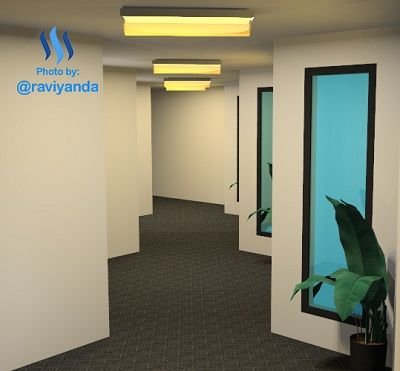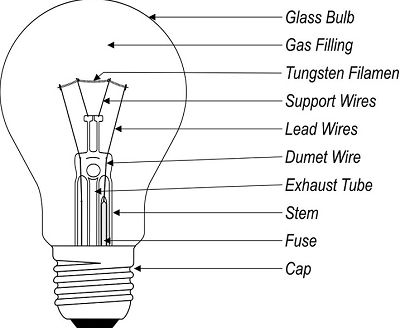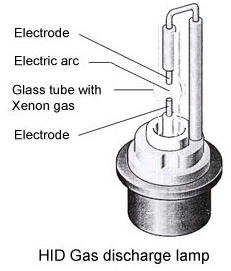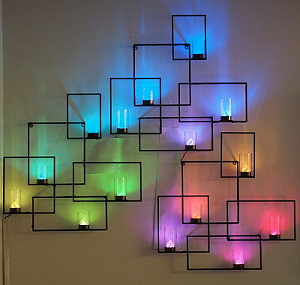
Hello Steemians, How are you ?
In this article I want to discuss about artificial lighting in architectural buildings, in which the theory of artificial lighting is included in the important theory in planning an ideal building and also feel comfortable with the artificial lighting system.
Lighting plays an important role in the visual design of an architecture environment, humans and other objects will be visible because of the presence of light. Artificial lighting or illumination is the application that makes the light can create some practical effect or aesthetics. And also the lighting consists of two sources namely artificial light like lights and natural light coming from the sun.
Artificial Lighting Basics

- Light output
The most important light output is called "lumen", and the light source is determined by units of lumens. - Light level
The light intensity is measured using a field on a specific location called "illuminance" - Brightness
Another measurement of light called "luminance", the term for the brightness of the light released by a surface.
Artificial Light Sources
The use of artificial lighting in commercial buildings, industrial and retail facilities using several different sources of light. Since not all the lights have the same type exist Some types of lamps have certain advantages. Selection of the appropriate light source depends on several factors are:
- Installation Needs
- The cost of the life cycle (life cycle)
- Color quality
- Ability dimming
- The desired effect

There are three types of light sources
Incandescent lamps
Filament incandescent lamp is a light source that is most commonly used in home lighting. The workings of this lamp is to produce light by using filament as conductor currents.Fluorescent lamps & Compact Fluorescent
Fluorescent lamps produce light by activating phosphors taken on the inner surface of the bulb with UV energy, resulting from the arc mercury. Ballast is needed to start and operate the fluorescent lamp. The operation of this lamp is the light produced by electricity going through the evaporation of mercury which in turn produces UV light, UV rays will then be absorbed by the phosphor layer.
CFL is a type of fluorescent lamp designed to replace the use of incandescent bulbs. Many of the types of CFL bulbs that can be adapted to the design of the incandescent light fittings. Operation is the same as fluorescent lamps, age-term use of up to 8-15 x longer.

- High Intensity Discharge (HID)
HID lamp is a type of electric light where the light is generated by electrical arcing between the tungsten electrode which is in the alumina tube. how it works, ionized gas and free electrons are accelerated by the electric field in the tube. Collisions with gas atoms and the metal produces greater energy, resulting in light UV
Artificial Lighting Systems Concept

Design of artificial lighting systems require some consideration, such as a number of benefits from the provision of light, Energy use and also Effect of aesthetics or beauty in building space in order to have more value. In architectural lighting design in buildings based on three aspects of the building and room illumination space as aesthetic appeal of the building of the beholder, ergonomic aspects, and also measures how much a function of the lighting and the energy efficiency of the building lighting.
Conclusion
Artificial lighting systems are essential in a building, where lighting plays an important role in aesthetics in buildings and also in the activities of the occupants in the building, that makes them feel comfortable in working on office building. Such as office building lighting be the main thing in the comfort of work. For artificial lighting many types of lamps can be used in certain spaces and also the energy of each lamp. as an architect must be able to choose where a good light and also saving but with an affordable quality durability.
wikipedia.org
Sistem Pencahayaan Buatan
Artificial Lighting Types and Design
Natural and Artificial Lighting In Commercial Buildings

Semi Direct Lighting, In this system 60-90% of light is directed directly at the object that needs to be illuminated, while the rest is reflected to the ceiling and walls. With this system the weakness of the direct lighting system can be reduced.
Downvoting a post can decrease pending rewards and make it less visible. Common reasons:
Submit
Yes, it is true mr @taufar
this system is considered the most effective in regulating lighting.
Downvoting a post can decrease pending rewards and make it less visible. Common reasons:
Submit
Downvoting a post can decrease pending rewards and make it less visible. Common reasons:
Submit
Professional lighting installers are familiar with the latest industry trends and innovations. This means your commercial space will always look modern and inviting. They can also incorporate smart lighting systems that save on utility bills. Here you can always find help with commercial industrial lighting. You get more than lights - you get a strategic lighting plan. Trust the pros to bring your vision to life safely and efficiently.
Downvoting a post can decrease pending rewards and make it less visible. Common reasons:
Submit